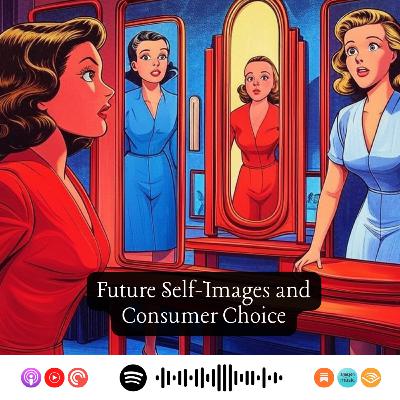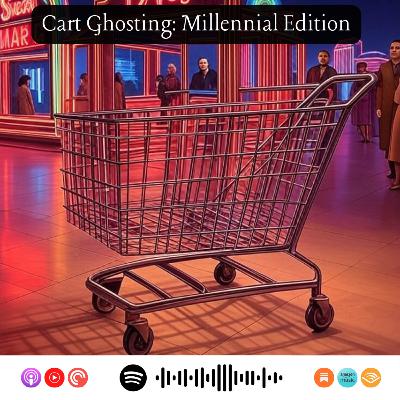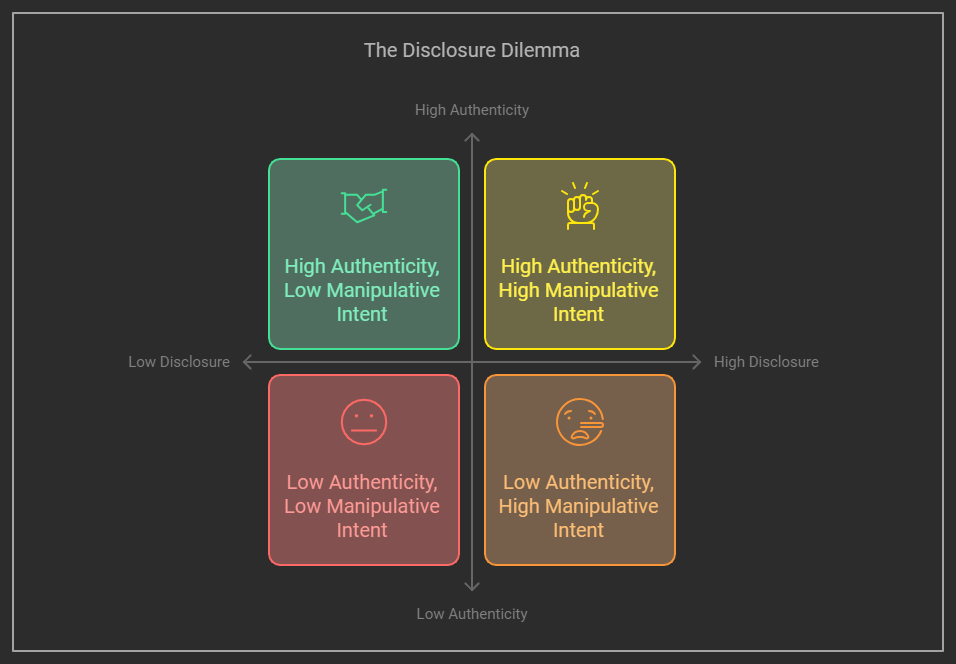When Black Friday Goes Digital: Understanding the Evolution of Shopping Behavior
Description
Source: Lee, J., Kim, M., & Lennon, S. J. (2024). Black Friday shopping has moved online. Has BF misbehavior followed? Journal of Global Fashion Marketing, 1–19. https://doi.org/10.1080/20932685.2024.2417301
Full Show Notes: https://www.marketingsciencelab.org/p/online-black-friday-shopping
The shift in Black Friday shopping from physical stores to digital platforms has brought new challenges and opportunities for both retailers and consumers. This research provides valuable insights into how consumer behavior has adapted to the online environment.
The Digital Transformation
Black Friday shopping has undergone a dramatic transformation, with 90.6 million people choosing to shop online compared to 76.2 million shopping in stores during 2023. Online spending reached a record $9.8 billion, marking a 7.5% increase from 2022.
Understanding Consumer Behavior
Emotional Responses
The research reveals that perceived unfairness during online shopping directly triggers negative emotions, which can lead to retaliatory behaviors[1]. These emotional responses are particularly important during high-stress shopping events like Black Friday.
Retaliatory Behaviors
Two main types of retaliatory behaviors emerge in the online environment:
- Exit behavior (switching to other retailers)
- Revenge behavior (actions aimed at harming the retailer's reputation)
Gender Differences
The study found significant variations in how men and women respond to online shopping frustrations[1]. Men tend to exhibit more extreme responses and are more prone to retaliatory behavior compared to women, who typically opt for more measured responses[1].
Practical Applications
For Retailers
- Implement clear inventory updates
- Provide transparent pricing
- Maintain consistent communication
- Offer immediate alternatives for stockouts
- Develop gender-specific response strategies
For Consumers
- Recognize emotional triggers during online shopping
- Consider long-term satisfaction before making retaliatory decisions
- Communicate concerns directly with retailers
- Have backup options ready for desired items
Future Implications
The research suggests that as online shopping continues to grow, retailers must adapt their strategies to:
- Manage perceived inequity
- Handle stockout situations effectively
- Develop targeted approaches for different consumer segments
- Build long-term customer relationships through transparent practices
This transformation in Black Friday shopping behavior represents a significant shift in retail dynamics, requiring both retailers and consumers to adapt to new digital realities while maintaining positive shopping experiences.
























